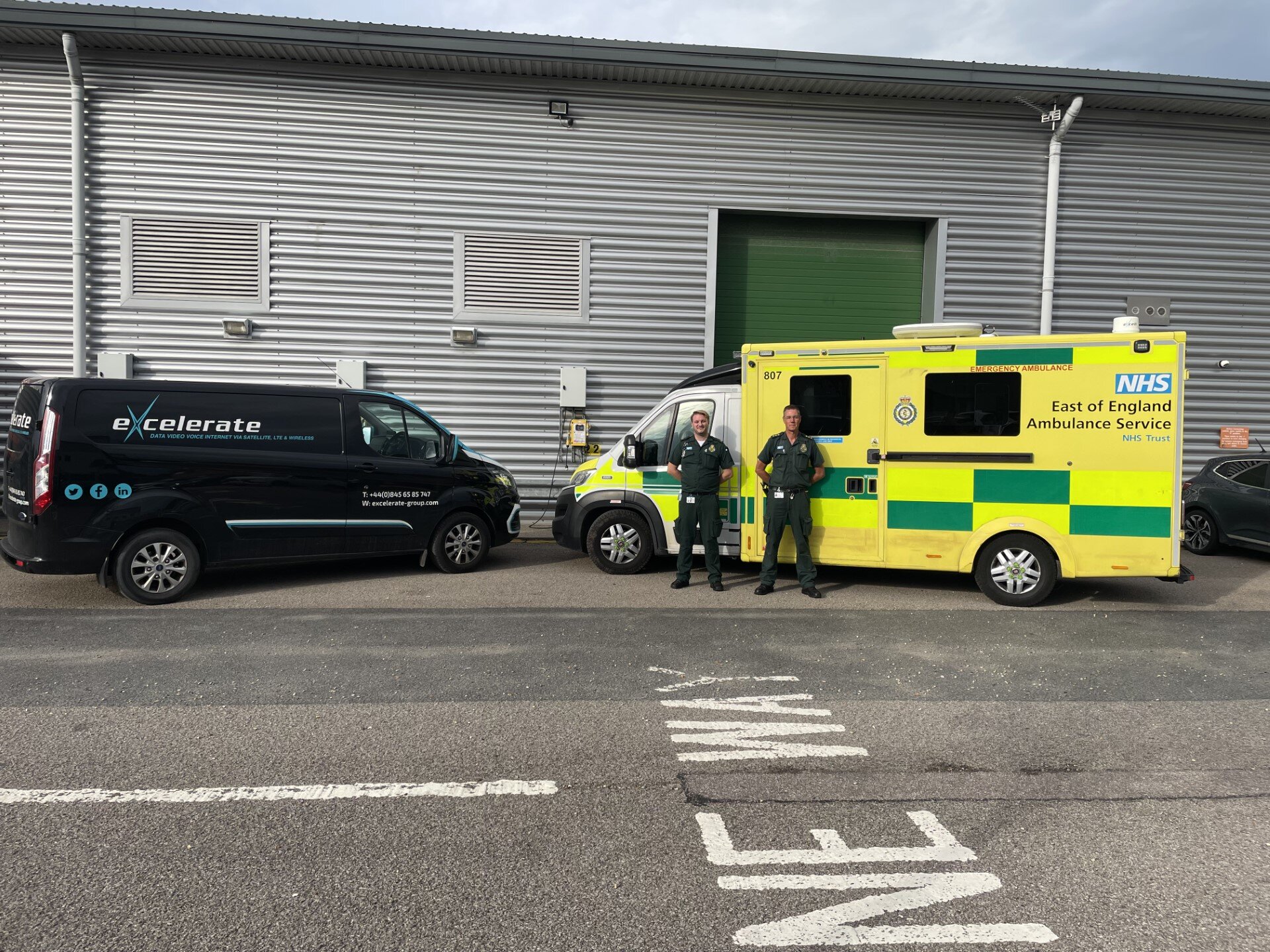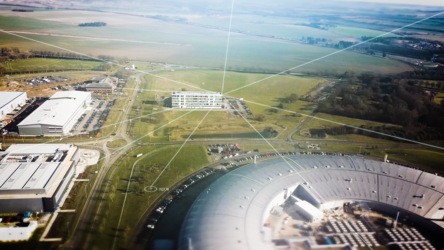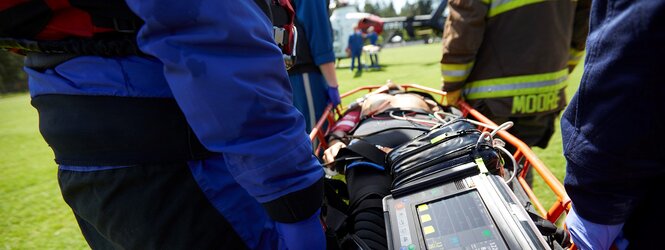Space-connected ambulances improve patient care
Satellites are helping to improve at-home patient care for those living in remote areas of the UK. ESA and the UK Space Agency (UKSA) are working with the UK’s National Health Service (NHS) to trial the Digital Ambulance of the Future project, which enables paramedics to stay connected to vital patient data, support and resources as they serve people in remote areas. The ultimate aim is to improve patient care and reduce unnecessary hospital admissions.
Funding of €5.7 million has been provided to the project, which provides advanced cellular and satellite connectivity to ambulance crews. The funding comes from ESA’s 5G/6G Programme, part of the Agency’s Connectivity and Secure Communications directorate, and the UK Space Agency (UKSA).
Developed by UK-based company Excelerate Technology, Digital Ambulance of the Future has been in trials since June 2023 with the NHS Arden and Greater East Midlands Commissioning Support Unit, and the East of England NHS Ambulance Trust.
Four ambulances have been fitted with a special long-range cellular antenna, provided by Excelerate. This connects the ambulances to satellites in low-Earth orbit, operated by OneWeb. The strongest signal is automatically selected, ensuring connection is maintained whilst the vehicle and antenna move – something that traditional geostationary satellite communication lacks, but vital for healthcare.
With this technology, paramedics have been able to maintain connectivity through a combination of 4G, 5G and satellite technologies, even while travelling through remote areas with poor mobile coverage. Connection problems previously meant ambulance crews had issues accessing patient data and connecting with colleagues and experts, potentially resulting in unnecessary hospital admissions for patients.
Keeping paramedics connected means more patients can be treated in their own homes, where appropriate, rather than potentially waiting for long periods in hospital for triage and treatment. The goal of the project is that all ambulances are ‘always connected’.
A significant benefit is the opportunity to roll out telemedicine – in which ambulances, or even patients’ homes, could function as remote consultation rooms, as crews have access to a senior clinician to support the diagnosis and delivery of patient care. Such an approach would improve patient care, increase efficiency and save money, time and resources.
The current trial has been extended, with the hope that it will become permanent, with the potential for further applications on the horizon, improving patient care wherever they may be, supporting healthcare professionals and creating a more efficient and effective all round healthcare service.
Antonio Franchi, Head of Space for 5G and 6G Strategic Programme at ESA, said, “Co-funding projects such as this one allows us to partner with a wide range of organisations, enabling space to make a positive difference on Earth. This space-enabled solution from Excelerate Technology could enable us to support those providing care to citizens in need, anytime and anywhere.”






